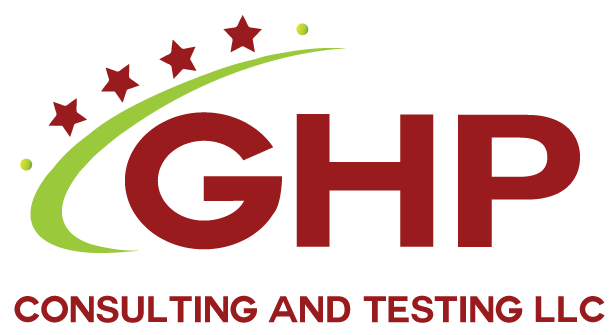FOOD TESTING SERVICES
As an ISO 17025 accredited laboratory, we are committed to providing the highest standards of accuracy, reliability, and technical competence in our food testing services. Our accreditation signifies that our methods, equipment, and personnel meet international benchmarks, ensuring that the food products you trust are rigorously tested for safety, quality, and compliance. Let us partner with you to safeguard the health and satisfaction of consumers through our expert analytical services.
MICROBIOLOGICAL FOOD TESTING
- Aerobic Plate Count
- Legionella
- Total Coliform/ E. coli
- Fecal Coliform
- Environmental E. coli
- E. coli O157:h7
- Coliform in Dairy/ Ice Cream
- Enterobacteriaceae
- Lactic Acid Bacteria
- Listeria spp.
- Listeria monocytogenes
- Salmonella spp.
- Staphylococcus aureus
- Yeast & Mold
- Yeast & Mold Rush
- Heterotrophic Plate Count
SHELF-LIFE TESTING
The FDA mandates that infant formula must have a “use by” date to ensure the product remains safe and nutritious for consumption. This is one of the few products where such a date is explicitly required by FDA regulations. or foods other than infant formula, the FDA does not require manufacturers to label products with “best by” or “use by” dates. However, manufacturers are encouraged to provide consumers with an indication of when the product is at its best quality. Retailers often require such dates to ensure consumer satisfaction and reduce food waste.
While not mandatory except for infant formula, stability testing is recommended to determine the shelf life of a product. This testing involves assessing the product under various conditions to predict how long it will remain safe and maintain its quality attributes like taste, texture, and nutritional value. This helps in establishing expiration dates or “best if used by” dates that are scientifically supported.
Regulations also extend to how packaging might affect shelf life. For instance, regulations on food contact materials ensure that substances from packaging do not migrate into food in amounts that could pose a health risk, which indirectly influences shelf life considerations by ensuring the integrity of the product throughout its intended storage period.
NUTRITIONAL ANALYSIS
The FDA (Food and Drug Administration) has established comprehensive regulations regarding food labeling in the United States to ensure that consumers have the information they need to make informed choices about their food. to provide a quick overview of the regulations:
- Nutrition Facts Panel:
- Mandatory for most packaged foods. It must list:
- Serving size and servings per container
- Calories
- Total fat, saturated fat, trans fat, cholesterol, sodium, total carbohydrates, dietary fiber, total sugars, added sugars, protein, and certain vitamins and minerals (like vitamin D, calcium, iron, and potassium).
- In the ingredient list, with the allergen in parentheses following the ingredient (e.g., “whey (milk)”).
- In a “Contains” statement immediately after or next to the ingredient list.
Infant Formula must include detailed nutritional information, including minimum and maximum levels for certain nutrients.
Dietary Supplements have their own labeling requirements, including supplement facts panel instead of nutrition facts
Additional Regulations:
- Country of Origin Labeling (COOL): While not directly under FDA, certain products require COOL under USDA and FDA rules.
- Organic Foods: Products labeled as “organic” must meet USDA National Organic Program standards, but the FDA oversees the labeling of these products.
- Date Labeling: Not federally regulated for most foods except for infant formula, but “expiration”, “use by”, “best if used by” dates are commonly used for quality purposes.
- Food Allergen Labeling and Consumer Protection Act (FALCPA): Ensures that labels clearly indicate major food allergen
1149 Green St, Iselin,
NJ, 08854
860-810-8542
Give us a Call
info@ghpconsultingandtesting.com
24/7 online support
